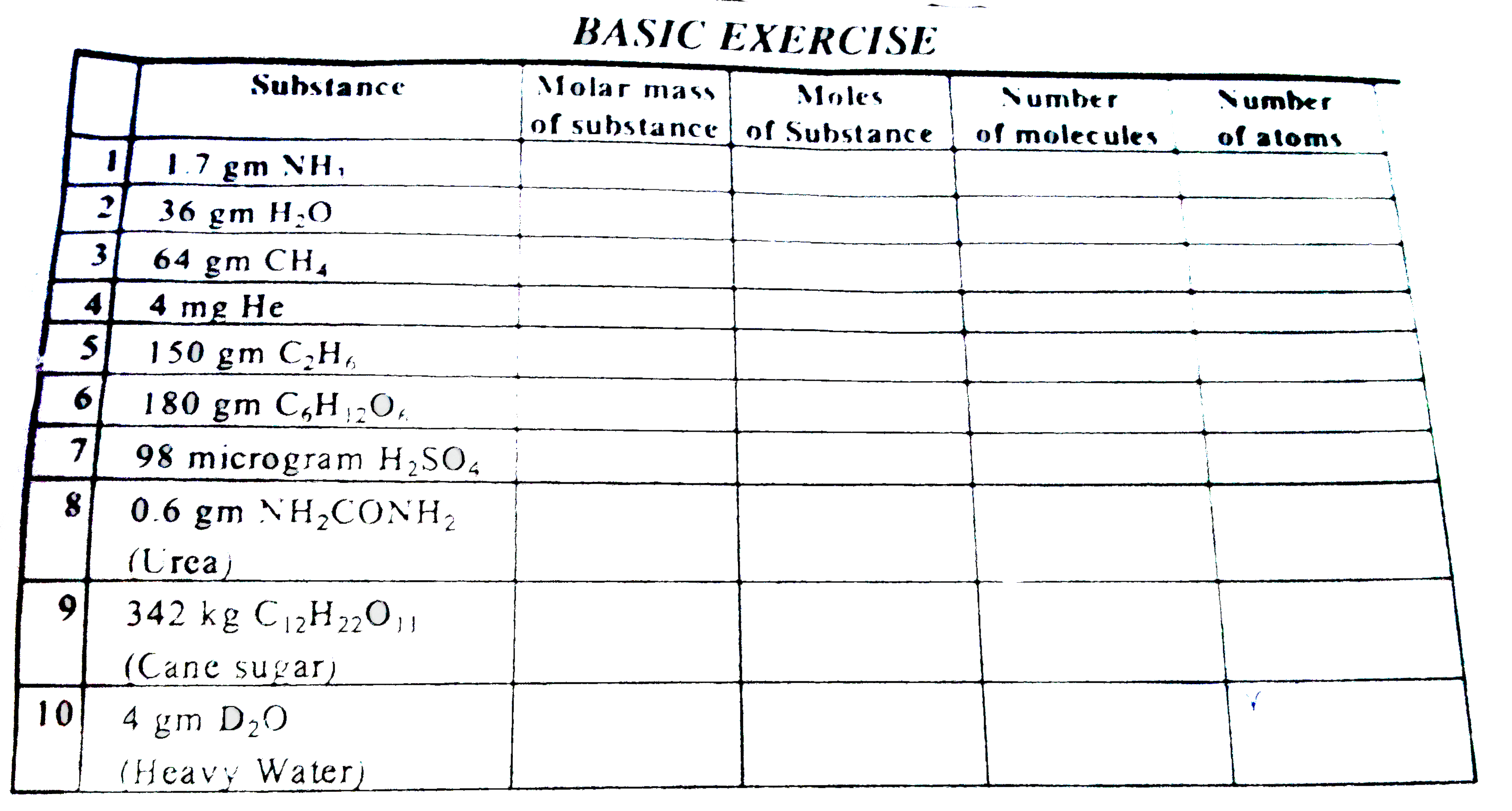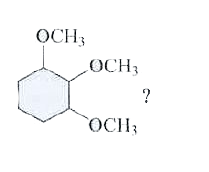How many moles of hypophosphorous acid are involved in its thermal decomposition reaction when one mole of each product is formed.
The correct Answer is:2
To solve the problem of how many moles of hypophosphorous acid (H3PO2) are involved in its thermal decomposition reaction when one mole of each product is formed, we can follow these steps:
Step 1: Write the thermal decomposition reaction
The thermal decomposition of hypophosphorous acid can be represented as:
H3PO2→PH3+H3PO4
Step 2: Identify the products
From the reaction, we can see that the products formed are:
- Phosphine (PH3)
- Phosphoric acid (H3PO4)
Step 3: Count the atoms in the products
Now, we need to count the number of atoms of each element in the products:
- Phosphine (PH3) has 1 phosphorus (P) and 3 hydrogens (H).
- Phosphoric acid (H3PO4) has 1 phosphorus (P), 3 hydrogens (H), and 4 oxygens (O).
Step 4: Balance the reaction
To balance the reaction, we need to ensure that the number of each type of atom is equal on both sides of the equation.
- On the product side, we have:
- Total P = 1 (from PH3) + 1 (from H3PO4) = 2 P
- Total H = 3 (from PH3) + 3 (from H3PO4) = 6 H
- Total O = 4 (from H3PO4) = 4 O
To balance this, we need to adjust the coefficients of H3PO2 on the reactant side.
Step 5: Write the balanced equation
To balance the reaction, we multiply H3PO2 by 2:
2H3PO2→PH3+H3PO4
Now, we check:
- On the reactant side:
- Total P = 2 (from 2 H3PO2)
- Total H = 6 (from 2 H3PO2)
- Total O = 4 (from 2 H3PO2)
This matches the product side:
- Total P = 2
- Total H = 6
- Total O = 4
Step 6: Conclusion
Thus, the balanced equation shows that 2 moles of hypophosphorous acid (H3PO2) are involved in the thermal decomposition reaction when 1 mole of phosphine (PH3) and 1 mole of phosphoric acid (H3PO4) are formed.
Final Answer:
2 moles of hypophosphorous acid are involved in the reaction.
---
The thermal decomposition of hypophosphorous acid can be represented as:
H3PO2→PH3+H3PO4
From the reaction, we can see that the products formed are:
- Phosphine (PH3)
- Phosphoric acid (H3PO4)
Now, we need to count the number of atoms of each element in the products:
- Phosphine (PH3) has 1 phosphorus (P) and 3 hydrogens (H).
- Phosphoric acid (H3PO4) has 1 phosphorus (P), 3 hydrogens (H), and 4 oxygens (O).
To balance the reaction, we need to ensure that the number of each type of atom is equal on both sides of the equation.
- Total P = 1 (from PH3) + 1 (from H3PO4) = 2 P
- Total H = 3 (from PH3) + 3 (from H3PO4) = 6 H
- Total O = 4 (from H3PO4) = 4 O
To balance the reaction, we multiply H3PO2 by 2:
2H3PO2→PH3+H3PO4
- On the reactant side:
- Total P = 2 (from 2 H3PO2)
- Total H = 6 (from 2 H3PO2)
- Total O = 4 (from 2 H3PO2)
- Total P = 2
- Total H = 6
- Total O = 4
Thus, the balanced equation shows that 2 moles of hypophosphorous acid (H3PO2) are involved in the thermal decomposition reaction when 1 mole of phosphine (PH3) and 1 mole of phosphoric acid (H3PO4) are formed.
2 moles of hypophosphorous acid are involved in the reaction.
Topper's Solved these Questions
- p-BLOCK ELEMENTSBOOK - VK JAISWAL ENGLISHCHAPTER - p-BLOCK ELEMENTSEXERCISE - ASSERTION REASON TYPE QUESTIONS
24 Videos
- METALLURGYBOOK - VK JAISWAL ENGLISHCHAPTER - METALLURGYEXERCISE - ASSERTION-REASON TYPE QUESTIONS
29 Videos
- PERIODIC PROPERTIESBOOK - VK JAISWAL ENGLISHCHAPTER - PERIODIC PROPERTIESEXERCISE - MATCH THE COLUMN
11 Videos
Similar Questions
Knowledge Check
How many moles of oxygen gas can be produced during electricity decomposition of 180 g of water ?
A2.5 molesB5 molesC10 molesD7 moles

How many moles of HI consumed in above reaction?
View SolutionHow many moles of electrons weigh one kilogram?
View Solution
How many moles of O-atoms are there in 1 mole CaCO3
View SolutionWhat products are formed on thermal decomposition of (NH4)2BeF4?
View SolutionHow many moles of 'HI' will react with

View SolutionHow many moles of given compound are decomposed in the following decomposition reaction?
NaOClΔ−−→NaClO3+NaCl
View SolutionGive balance equations for -i. A direct combination reaction involving two elements, one of which is a non metal ii. A thermal decomposition reaction involving heat on limestone [calcium carbonate] iii. An electrolytic decombosition reaction involving a neutral liquid iv. A displacement reaction involving a metal above hydrogen in the activity series with copper [II] sulphate solution v. A double decomposition neutralization reaction involving an acid & a base vi. A white precipitate obtained during a double decomposition reaction involving a silver salt with a sodium salt.
View Solution
